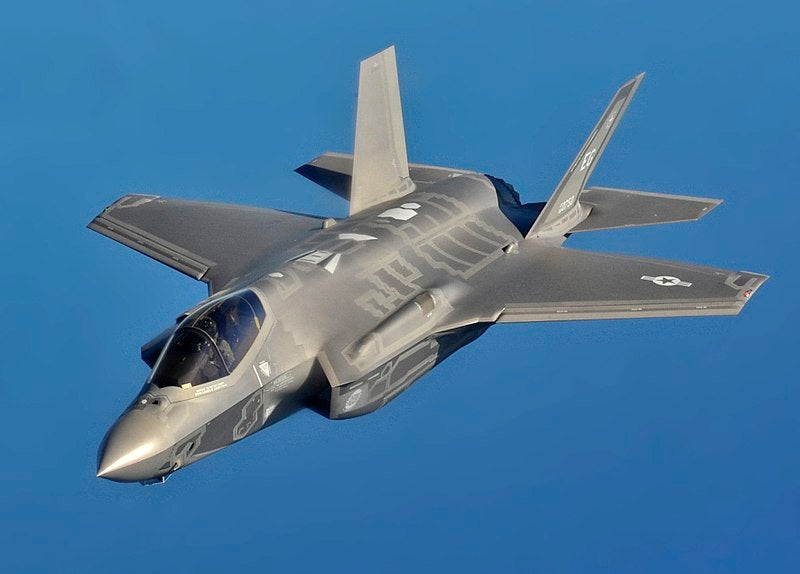Despite encountering production issues and modernisation delays, the F-35 program achieved full-rate production in March 2024, demonstrating an acceptable level of performers and reliability, and completed development of its testing simulator.
However, late deliveries of engines and aircraft, as well as hardware and software delays, continue to be challenges for the programme, according to a Government Accountability Office (GAO) report published on 16 May, which found that of the engines delivered in 2023, 100% of engines from Pratt & Whitney were delivered late, as were 91% of engines from Lockheed Martin.
Late engine deliveries have not yet affected aircraft production due to the
presence of an engine inventory buffer, the GAO wrote in its report, as Pratt & Whitney delivers engines to the DoD earlier than Lockheed Martin needs them for production.
The F-35 Lightning II Joint Strike Fighter is the most expensive weapon system programme to come out of the Department of Defense (DoD), with an estimated cost of $2trn to operate 2,470 planned aircraft though to 2088.
The GAO has been actively monitoring and reporting on the progress and challenges of the F-35 Joint Strike Fighter programme through independent assessments and recommendations. Since 2001, the GAO has conducted annual reviews of the programme, evaluating aspects such as cost, schedule, performance, and management to provide oversight to Congress and the public.
The F-35 programme has managed the integration of new capabilities and technologies into the aircraft through initiatives like the Block 4 modernisation - now in its sixth year - and the $1.8bn Technology Refresh 3 (TR-3) upgrades.
The GAO found these integrations to have had a significant impact on the overall cost and schedule of the programme. Efforts to manage costs and schedules while incorporating advanced capabilities remain ongoing priorities for the programme to ensure the successful evolution and sustainment of the F-35 fleet.
To mitigate manufacturing issues and parts shortages in the F-35 programme, Lockheed Martin and its suppliers took several steps to address the challenge, including the procurement of additional tooling to improving the production capacity of critical parts, and boost production efficiency to alleviate delays caused by these issues in the F-35 programme.
Alongside this effort, Pratt & Whitney have enhanced its monitoring and oversight and invested $100m in a quality improvement plan to enhance engine component manufacturing processes.
This story was updated on 30 May for clarity, adding that the engine delivery delays have not yet impacted F-35 manufacturing.









